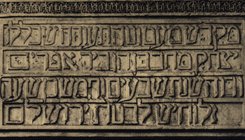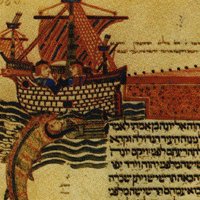

Hebrew is a very ancient language; the earliest writing identified as Hebrew is in the inscription of the "Gezer Calendar." This is a list of the months of the year and of the agricultural occupations relevant to them. The test is inscribed on stone in early Hebrew script and dates from the 10th century b.c.e., that is nearly 3,000 years ago. But Hebrew as a spoken language existed even before then. The language has undergone many changes since it began.


For the purpose of classification, the Hebrew language is divided into six separate periods. These are:
In each period changes occurred in the Hebrew language, but they are not very far-reaching. New words from different languages were adopted into Hebrew and various grammatical and syntactical developments took place, but basically the language remained the same.
The most far-reaching development took place when Hebrew again became a spoken language at the beginning of the 20th century and particularly when the State of Israel was established and it became the official language of a modern state. New words have been created to express the ideas of modern life - deriving from science, technology and the army - of which the previous users of Hebrew were completely unaware. Many new words have entered the language from other languages - they are adapted into Hebrew forms - and many new words have been created out of Hebrew itself.